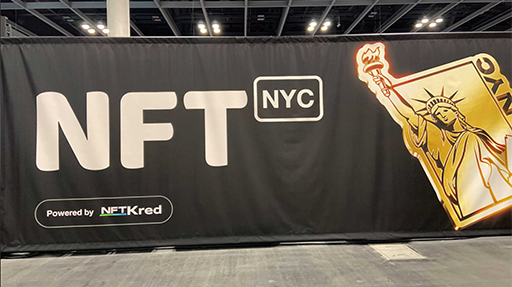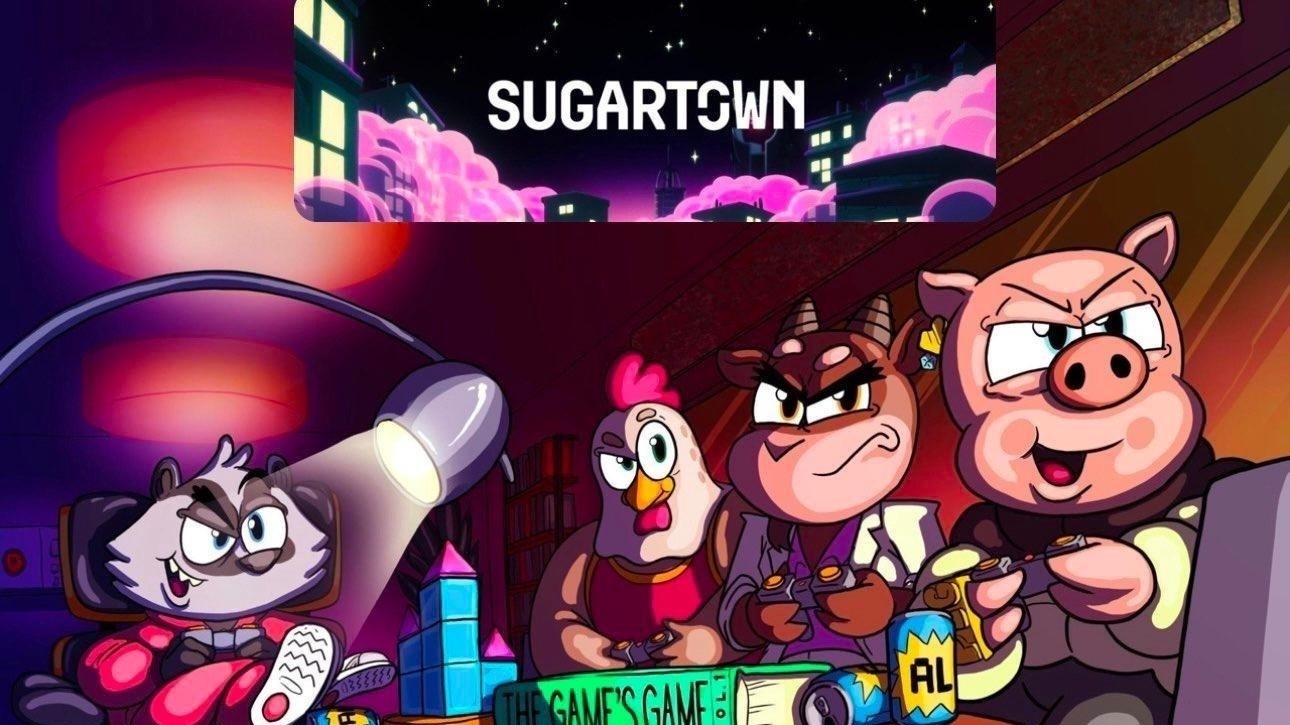On day two of NFT NYC, there was a distinct shift in tone. In our coverage of the first day of the event, we summarized developers’ concerns about onboarding complexity in Web3 gaming, the legacy of Web2 models, and player reluctance about NFT integration stemming from prior market collapses.
Now, the conference has become less about yesterday’s challenges and more about tomorrow’s opportunities—specifically the technological innovations and emerging solutions that could push Web3 into a new frontier of mass adoption and acceptance by the global gaming community.
“The market is becoming healthier, tokenomics models are starting to be smarter and more sustainable, and we’re all looking forward to reaching that point of lasting reputational trust with the player community,” said Maxi Kuan, founder and CEO of GensoKishi Online.
Of course, those gains won’t happen overnight, and developers voiced the need for long-term thinking. Experts stressed the power of patience, which is essential for an emerging field like Web3 gaming to grow and flourish.
“It takes time to build a good game–even AAA games from major studios take years. The really ambitious Web3 games are about to be released over the next few years, but we need to have some patience, especially since we’re aiming for mature games that aren’t just get-rich-quick releases,” Gwendall Esnault, founder and CEO of Metahood, explained. “People in the tech space may be accustomed to things moving really fast, but quality takes some time.
Let’s take a closer look at what’s on the horizon in the Web3 gaming space, and how developers plan to leverage new technologies and community-growth strategies to bring the industry into the mainstream.
Interoperability is the future
At NFT NYC, there was a tremendous amount of enthusiasm for interoperability in blockchain games. Developers cited the need for having interoperable features built-in to gaming experiences, and the significant growth that could generate.
“Interoperability in Web3 gaming is near and dear to my heart,” said Art Malkov, co-founder of Web3Lab. “Launching a game in one system, but being able to access liquidity in another system is hugely valuable, and that’s why cross-chain operability is so important.”
In addition to improved asset liquidity, interoperability also yields considerable benefits for community development and support. That’s one of the reasons developers are now urging for a more robust and standardized interoperability infrastructure to serve the Web3 industry.
“Interoperability within ecosystems is a major priority. Web3 interoperability makes it easier to achieve and enable community-governed projects. Cross-chain and multi-chain transactions will be really big, but there’s still work to do to build an effective infrastructure that supports that,” Harrison Seletsky, senior business development manager at SPACE ID, said. “Once we have that big Web3 game that brings in tens of millions of users who are excited to enter an interoperable ecosystem, then we’ll see a real breakthrough.”
It’s a subject that Forte stresses. As Josh Williams, co-founder and CEO of Forte, has said, “We think it’s important to ensure developers can leverage all of the underlying technology innovation without having to do a heavy port job of their technology, games, communities, and the assets that players own across these blockchains. So we took a multichain approach from the beginning.”
At Forte, we know that blockchain interoperability is critical for establishing seamless play experiences and a unified identity for gamers. By simplifying the means for interconnectivity between any blockchain or platform, a user’s virtual identity can be made into a persistent quality that’s bonded to that user. Thus, no one is locked to a particular developer’s platform and can move freely through their digital lives, while also gaining a sense of true ownership over their assets.
“In 20 years, you won’t be able to tell gamers that they can buy an in-game skin, or some other item, and only use it in that game, so the item will essentially be worthless outside that one application,” Sharif Mohammad, CEO of Valeria Games, said. “No one will stand for that in the future.”
That’s why Forte empowers developers to build for maximum interoperability in the Web3 gaming space.
“There’s universal agreement that interoperability is the future, and that’s very exciting. There’s going to be a lot more flexibility introduced with interoperability, so I’m a big believer in an interoperable metaverse,” said Drew Austin, founding partner of Red Beard Ventures. “As builders, creators, or consumers, my advice would be exploring different options and choosing what’s right for you with the understanding that the infrastructure for interoperability is coming–there’s great progress being made.”
Catering to the community
Another important theme at NFT NYC was the need to shift away from top-down decision-making in favor of more community-directed modeling and mechanics. Nearly every developer mentioned the importance of listening closely to individual players, weighing their needs against business objectives, and providing greater agency for the user base.
“In Web3, you have to understand that players are not customers, they’re part of the journey. The NFT is just an element in a larger economy, so you need to understand what people are actually going to do with their assets in the game,” said Gael Bokongo, co-founder and CEO of Ingwaz Studio. “Storytelling, community building, and token engineering are the key ingredients in building out a long-term successful project.”
If Web3 gaming is positioned to reach widespread adoption on a global level, however, the industry will also have to recognize how to create gaming experiences that appeal to a worldwide player base.
“Just like mobile gaming added to the larger gaming space, Web3 is poised to do the same thing. But remember that the experience of Web3 gaming is different in various regions around the world, and so the messaging and modeling has to be tailored to those different cultures and economies,” Bokongo continued. “For example, your protocol has to be accepted by the community you’re serving. And if you’re hearing that users don’t like that protocol, you need to reevaluate.”
A key step in promoting community involvement is moving away from financial incentivization and tailoring the messaging around the ways that Web3 games acknowledge and reflect players’ specific demands for enjoyable gameplay.
“Here’s the problem: If you go to a search engine and look up ‘top Web3 games,’ the first result you’ll see is ‘top Web3 games to invest in.’ The industry has become too focused on investing, and gamers aren’t investors,” Fotis Sach, head of business development at Prom.io, explained. “They want an amazing experience. If we reach a point where someone wants to chill out and relax, and uses a Web3 game to do that, that’ll be a major step forward.”
There’s also the issue of retention. Many developers now recognize the dangers of overhyping a project, and the game makers at NFT NYC universally emphasized the value of being honest and transparent with the player base in order to keep the community intact, especially during periods of market turmoil.
“The difference between a good Web3 project and a shady one is the number of red flags. That’s why you need transparency,” Malkov said. “Your Web3 project can’t just focus on the good news, because if it’s overhyped and overly positive, there’s a high risk of losing your player base whenever there’s any kind of hurdle or downturn.”
This principle of empowering the player community through honesty and integrity is a central pillar of the Forte platform. We’re dedicated to rewriting the rules and building an entirely new type of economic platform that sets community economics, ownership, participation, and growth as its foundation.
“Let’s create moments of authenticity to drive mass adoption,” explained Forte president Andy Yang. “It’ll take time to move from 1 million players to 3 billion players in Web3, but that’s how we can do it.”



